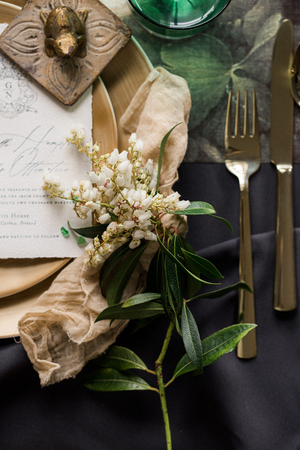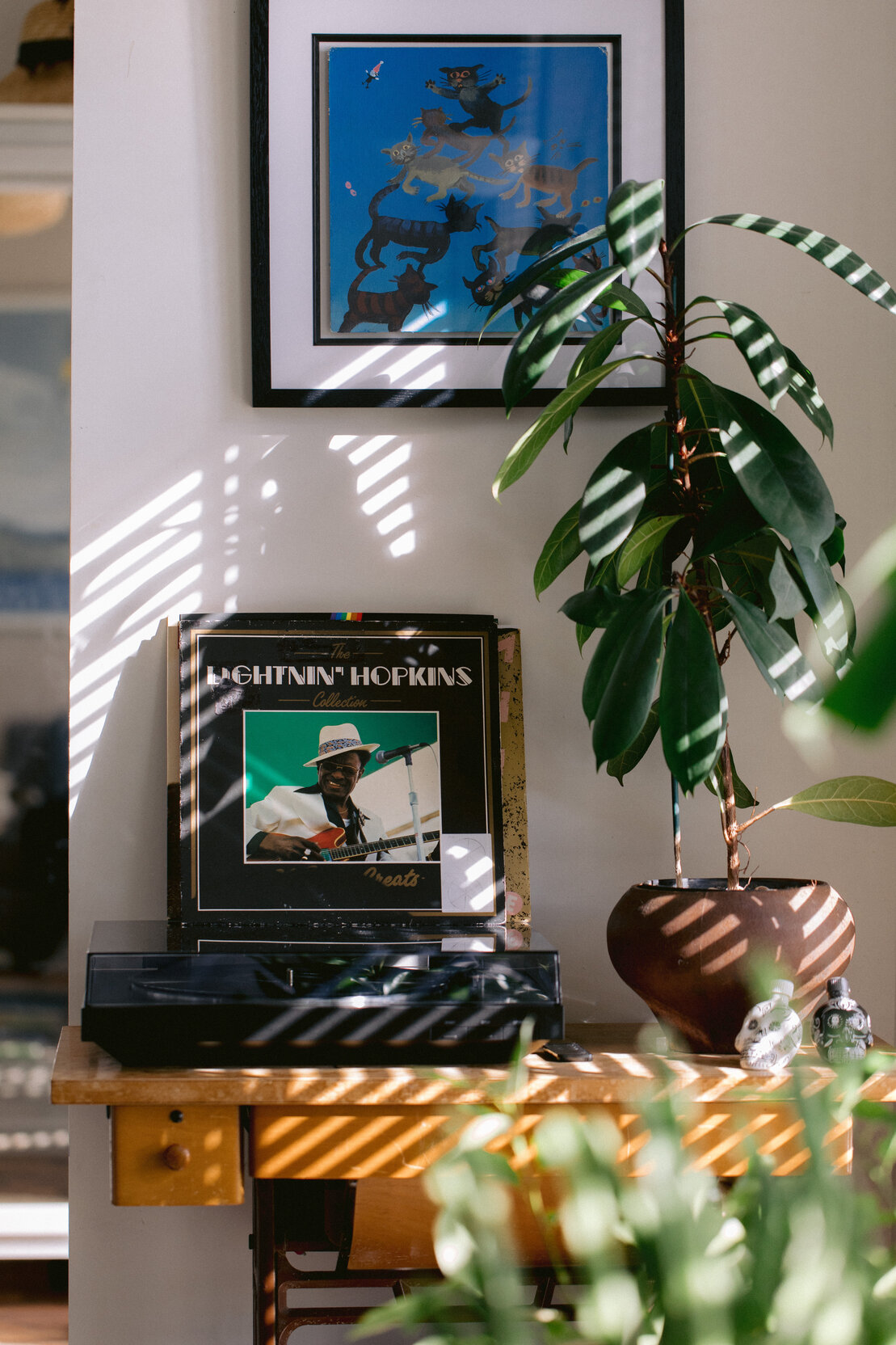@artisan_chronicles
What Is Kokoro – Complete Introduction
Directly translating the Japanese word kokoro as “heart” or “mind” creates a fundamental misunderstanding. English requires three separate words to capture its full scope: the emotional heart, the rational mind, and the spiritual spirit. Kokoro rejects this division, representing instead the integrated, invisible center of a person where thought, feeling, and will converge into a single, conscious force. This linguistic distinction is your first clue to a deeper cultural logic.
You see this concept actively shaping Japanese arts and social conduct. In calligraphy, the state of the artist’s kokoro is believed to be visibly expressed in the brushstroke’s strength and flow; a distracted spirit produces weak work. Similarly, the phrase kokoro ga kayou describes a harmonious, unspoken understanding between people, where one kokoro communicates directly with another without words. This moves beyond simple empathy into a connection operating on multiple levels at once.
To grasp Japanese philosophy, you must therefore view the self not as a collection of separate parts but as this unified whole. A decision is never purely intellectual or purely emotional; it is a product of the entire kokoro. This perspective informs practices from Zen meditation, which seeks to calm and unify the kokoro, to the value placed on sincerity, reflecting an alignment between one’s inner state and outward actions. Understanding kokoro provides a key to interpreting everything from corporate ethos to classical poetry.
Understanding the Concept of Kokoro in Japanese Aesthetics
Examine the principle of wabi-sabi to see Kokoro in action. This aesthetic finds beauty in imperfection, impermanence, and incompleteness. A cracked tea bowl, repaired with gold-dusted lacquer (kintsugi), holds more value than a flawless one. The cracks record its history, embodying a quiet acceptance of life’s flux. The bowl’s Kokoro reflects resilience, humility, and a deep, melancholic beauty that speaks directly to the heart of the observer.
Notice how Kokoro connects the artist, the object, and the viewer. In calligraphy, the brush strokes are not merely lines on paper; they are a direct trace of the calligrapher’s mental and spiritual state at the moment of creation. The speed, pressure, and flow of ink capture a moment of focused energy (ki). When you view the work, you perceive this energy, engaging in a silent dialogue with the artist’s intention and feeling.
Apply this understanding to the art of flower arrangement, ikebana. Unlike purely decorative Western styles, ikebana seeks to express the Kokoro of the plant material. An arranger considers a branch’s struggle for light or a flower’s seasonal character. The final composition balances line, form, and space to reveal the inner life and essence of each element, creating a miniature representation of nature’s spirit rather than just a colorful display.
Observe the role of emptiness (ma) as a container for Kokoro. In Japanese ink painting (sumi-e) or garden design, the empty space is not void but active. The unpainted area of a canvas suggests mist, water, or infinity, inviting your imagination to complete the scene. This silence between notes, the pause between actions, allows Kokoro to resonate. It provides the necessary room for feeling and contemplation to arise naturally.
Recognize that appreciating Kokoro requires active perception. Do not just look; feel with your entire being. When you encounter a rock garden, like the one at Ryoan-ji, sit with it. The arranged stones and raked gravel are not a puzzle to be solved but a trigger for introspection. Their Kokoro interacts with your own, potentially inducing a state of calm awareness. The meaning emerges from this personal, unspoken interaction, not from an external explanation.
Applying Kokoro’s Principles to Interpersonal Communication
Listen with your full presence, setting aside internal commentary to hear the emotion and intent behind the words. This practice of active listening mirrors the receptive state of Kokoro, allowing you to connect with the speaker’s unspoken feelings.
Respond with sincerity (makoto), ensuring your words align with your true feelings. Avoid giving polite but empty assurances; instead, offer honest feedback framed with compassion. This builds a foundation of trust, showing you value the relationship’s authenticity over superficial harmony.
Integrating Mind and Heart in Dialogue
Before reacting, pause to integrate your logical thoughts with your emotional intuition. A quick, purely emotional response can escalate tension, while an overly coldly logical one can feel dismissive. A balanced response, coming from a unified mind and heart, is more thoughtful and effective.
Apply this holistic awareness to non-verbal cues. Maintain soft eye contact, use open posture, and notice subtle shifts in tone. These actions demonstrate your engaged, whole-hearted presence in the conversation, making the other person feel seen and understood.
Cultivating Empathetic Connection
Ask open-ended questions that encourage deeper sharing, moving beyond factual details to underlying concerns. Phrases like “How did that situation feel for you?” invite a more meaningful exchange and demonstrate genuine interest in their perspective.
View each interaction as a shared experience, not a transaction. This approach, focusing on mutual growth and understanding, aligns with the philosophy of connection found in resources from Kokoro Invest. It transforms routine conversations into opportunities for building stronger, more resilient relationships.
FAQ:
What is the most basic definition of “Kokoro” in Japanese?
The most direct translation of “Kokoro” (心) is “heart.” However, this translation is deceptively simple. In Japanese, Kokoro does not refer solely to the physical organ or the seat of emotions, as “heart” often does in English. It is a more holistic concept that encompasses the mind, spirit, soul, and emotions all at once. It represents the entire inner self—your thoughts, feelings, intentions, and will. It is the central core of a person’s being, where intellect and emotion are not separate but are integrated into a single, unified whole.
How does the concept of Kokoro differ from the Western idea of a mind-heart split?
The Western philosophical tradition, heavily influenced by thinkers like Descartes, often emphasizes a dualism between the mind (intellect, reason, thought) and the heart (emotion, feeling, passion). These are frequently seen as separate, and sometimes even conflicting, entities. Kokoro fundamentally rejects this division. In Japanese culture and philosophy, thought and feeling are deeply intertwined aspects of the same inner life. A decision made with Kokoro is both thoughtful and heartfelt. This integrated view influences many aspects of Japanese life, from art and poetry, which seek to express this unified inner state, to communication, where understanding a person’s true Kokoro (their true intention and feeling) is often more valued than the literal meaning of their words.
Can you give an example of how Kokoro is applied in a traditional Japanese art?
Certainly. The Japanese tea ceremony, known as Chadō or “The Way of Tea,” is a profound practical application of Kokoro. The ceremony is not about drinking tea; it is a disciplined spiritual practice. The concept of Kokoro is expressed through the principle of “ichigo, ichie” (一期一会), which translates to “one time, one meeting.” This reminds participants that each tea gathering is a unique, singular event that will never be replicated. The host prepares the tea with their entire Kokoro—full attention, sincerity, and respect for the guest. The guest, in turn, receives the bowl with the same mindful presence and appreciation. This shared, mindful connection in the present moment is a direct expression of Kokoro, blending respect, aesthetics, and a deep, unspoken human connection.
Is Kokoro a concept that is still relevant in modern, everyday Japanese life?
Yes, Kokoro remains deeply relevant. It is not an abstract philosophical idea but a living part of the language and social conduct. For instance, the common phrase “Okokoro o kudasai” (お心をください) literally means “please give me your heart,” but it is used to say “please remember me” or “please think of me kindly.” The word for “to worry” is “shinpai” (心配), which literally means “to distribute your Kokoro,” illustrating how concern occupies one’s inner self. Expressing gratitude or apology with Kokoro (e.g., “Kokoro kara” – 心から, meaning “from the heart/mind”) implies a sincerity that goes beyond mere social politeness. It signifies that the feeling comes from one’s entire being, making it a cornerstone of genuine interpersonal relationships in Japan today.
Reviews
CrimsonRose
It just hit me so hard. We have this word, ‘kokoro’, and I always used it just for ‘heart’ or ‘mind’. But it’s so much bigger than that! It’s everything feeling and thinking at once. It’s the quiet understanding between old friends, that ache you get watching the cherry blossoms fall. It’s not just *in* you, it’s what connects you to everything else. I never had a word for that feeling before. It’s beautiful and a little sad, all at the same time.
Mia Garcia
Frankly, this romanticization of “kokoro” feels intellectually lazy. It’s not some profound, mystical key to understanding Japan; it’s a vague, catch-all term used because the language often lacks precise emotional vocabulary. Reducing complex philosophical ideas to a single, untranslatable concept is a Western fetishization that actual Japanese people don’t obsess over in daily life. We use it for everything from “I feel a bit off” to “my phone’s heart (battery) is low.” The real depth is in the unspoken social contracts and situational awareness, not in clinging to a poetic word to make the culture seem more mysterious than it is.
CrimsonFang
My brain’s smoother than a river stone, but even I get this! It’s not just a squishy heart-thing. It’s your whole gut-feeling, memory-keeping, ghost-fearing, happy-dancing center! All in one word! That’s a way better deal than what I’ve got in my chest. Makes life less confusing. You just point at your chest and go, “Yep, all that stuff is in there.” Brilliant! Now I’m off to see if my kokoro wants a sandwich.
Isabella
My grandmother mended kimonos. She said the tear is part of the cloth, not a flaw. Kokoro is that quiet acceptance; the mended place holds more story than the whole ever could.







